
The Stelo glucose biosensor system is intended for use in adults who do not use insulin or in those without diabetes who wish to better understand how diet and exercise affect blood glucose levels.

The Stelo glucose biosensor system is intended for use in adults who do not use insulin or in those without diabetes who wish to better understand how diet and exercise affect blood glucose levels.
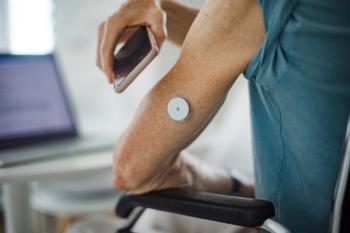
Medtronic also announced it has entered a global partnership with Abbott in an effort to expand CGM device options for patients living with diabetes.
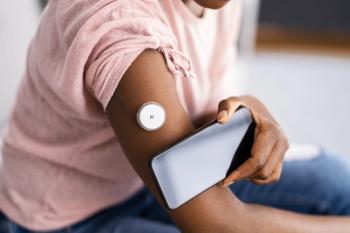
Patients using isCGM had reduced glucose variability, time in low glucose range, time in very low glucose range, and less events related to low glucose levels.
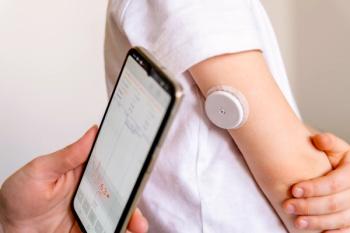
A pilot study presented at the American Diabetes Association 84th Scientific Sessions showed that CGM technology could produce reliable results without complications in children with leukemia/lymphoma at risk for hyperglycemia.
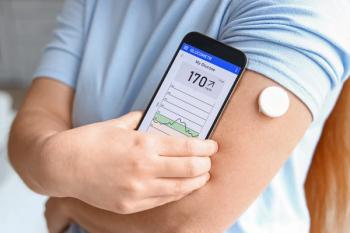
Research presented at the American Diabetes Association 84th Scientific Sessions suggests a population approach to CGM use could be beneficial.

Catch up on important continuous glucose monitoring (CGM) news from the month of June.

Two posters presented at the American Diabetes Association 84th Scientific Sessions looked at challenges of remote CGM in older populations and after discharge from the hospital.

Two abstracts presented at the American Diabetes Association 84th Scientific Sessions explored how positive user experiences with a CGM can lead to better patient outcomes.

A selection of studies presented at the American Diabetes Association 84th Scientific Sessions examined the use of CGM technology in type 2 diabetes.
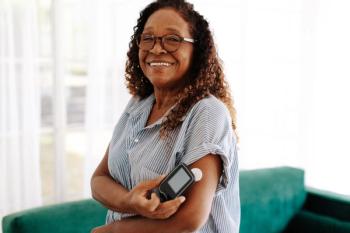
Clinical recommendations for the management of type 1 diabetes (T1D) in older adults are urgently needed as the global population ages and as improved diabetes care and management of complications have extended the life expectancy of the patient population.
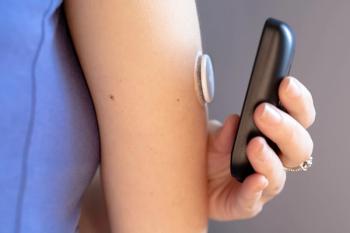
The Lingo and Libre Rio from Abbott are based on the company’s FreeStyle Libre sensing technology.
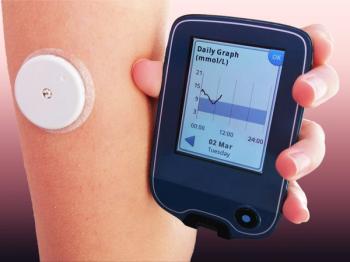
In a study presented at ASCO 2024, investigators found that all 20 included patients with early stage breast cancer receiving chemotherapy developed hyperglycemia.
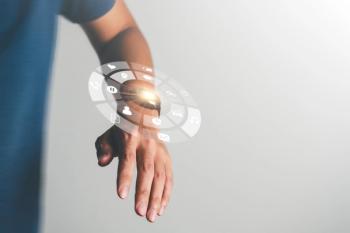
In a session presented at the 2024 Heart in Diabetes Conference, researchers discussed the abilities of continuous glucose monitoring (CGM) to capture lifestyle data and improve mortality rates.

In an abstract presented at ENDO 2024, researchers addressed practitioners’ current knowledge of CGM and their experience prescribing in low-income communities.
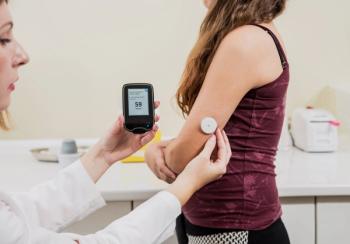
HbA1c levels decreased significantly after an average of 154 days in patients who used a continuous glucose monitor.
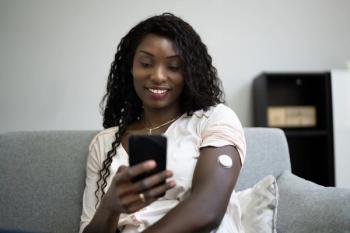
Catch up on important continuous glucose monitoring (CGM) news from the month of May.

Patients with type 2 diabetes who used continuous glucose monitors combined with regular exercise had improved fasting glucose and 2 hours-postprandial glucose levels.
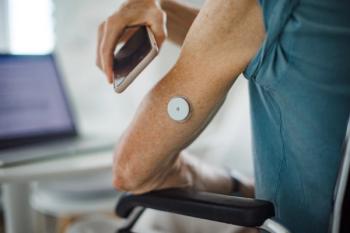
A report from Dexcom found that depression and anxiety are commonly reported in patients living with type 2 diabetes, but continuous glucose monitors can make disease management easier.
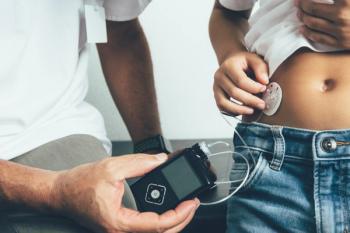
Beyond improving glucose control, hybrid closed-loop glucose monitoring systems offered indirect benefits like reduced fear of hypoglycemia and improved sleep quality among youth with type 1 diabetes (T1D).
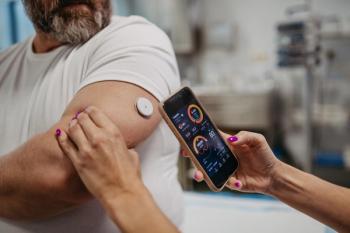
Researchers analyzed the efficacy of continuous glucose monitoring as the standard of care for diabetes management in an inpatient setting.

Findings from the FAMS-T1D study show that structured goal-setting and achievement significantly enhance self-efficacy and self-care in emerging adults.
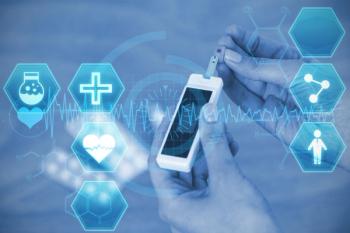
Since diabetes technology innovation, combined with strong patient demand, has outpaced current evaluation methods, investigators are calling for new approaches that “keep up with the times.”
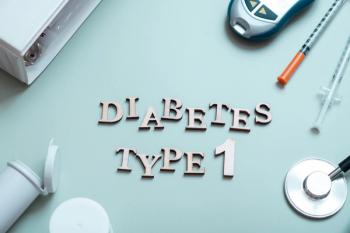
Type 1 diabetes (T1D), which once predominantly affected children, is increasingly affecting older adults in the US, with prevalence rates peaking in those aged 45 to 64, according to recent research.
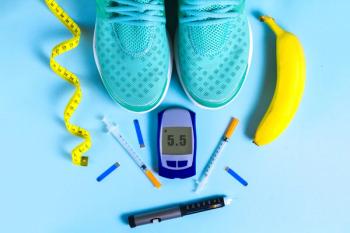
Different weight loss therapies provide a wide range of benefits to patients with T1D—but they have some potential adverse effects.
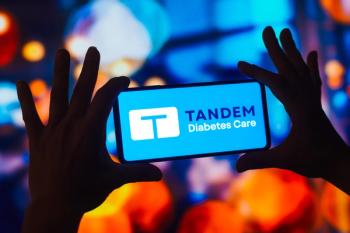
Tandem Diabetes Care, Inc has reported 224 injuries associated with a software malfunction in a companion insulin app, leading the company to issue a recall of the technology.